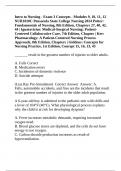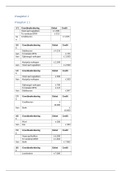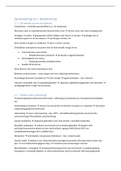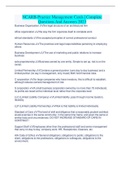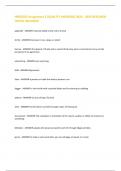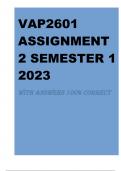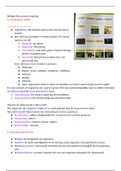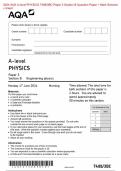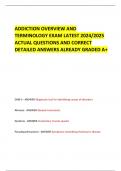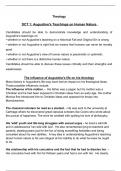Exam (elaborations)
Intro to Nursing - Exam 3 Concepts - Modules 9, 10, 11, 12 NUR1020C Pensacola State College Nursing 2024 Potter: Fundamentals of Nursing, 8th Edition, Chapters 27, 40, 42, 44 | Ignatavicius: Medical-Surgical Nursing: Patient-Centered Collaborative Care, 7
- Course
- NUR1020C
- Institution
- Pensacola State College
Intro to Nursing - Exam 3 Concepts - Modules 9, 10, 11, 12 NUR1020C Pensacola State College Nursing 2024 Potter: Fundamentals of Nursing, 8th Edition, Chapters 27, 40, 42, 44 | Ignatavicius: Medical-Surgical Nursing: Patient-Centered Collaborative Care, 7th Edition, Chapter | Kee: Pharmacology: A P...
[Show more]
